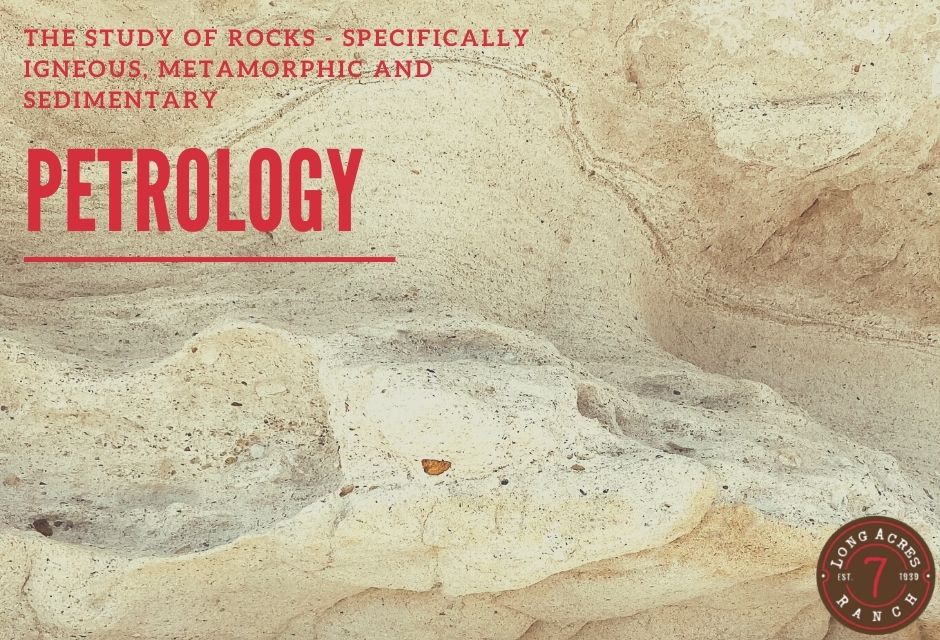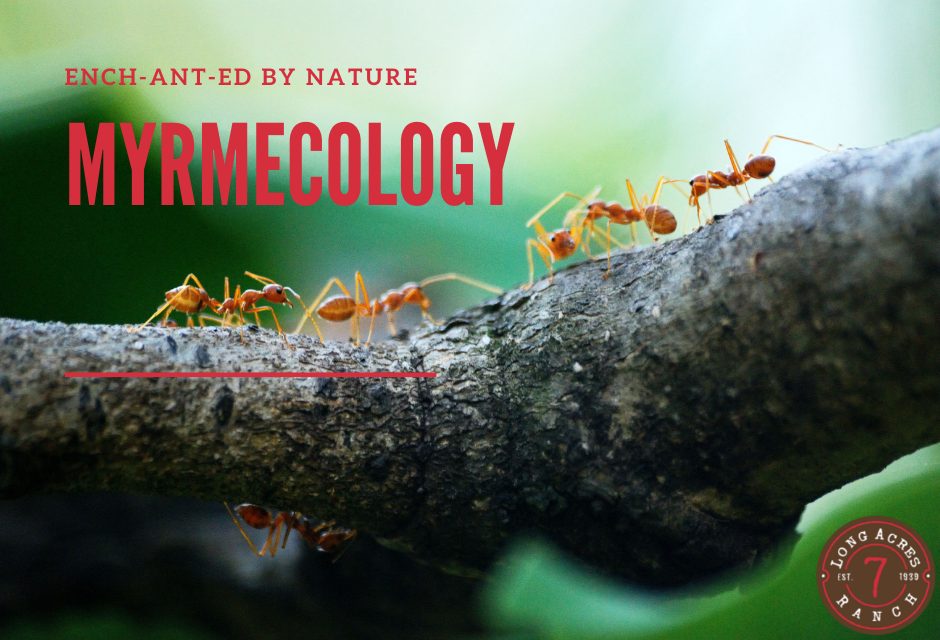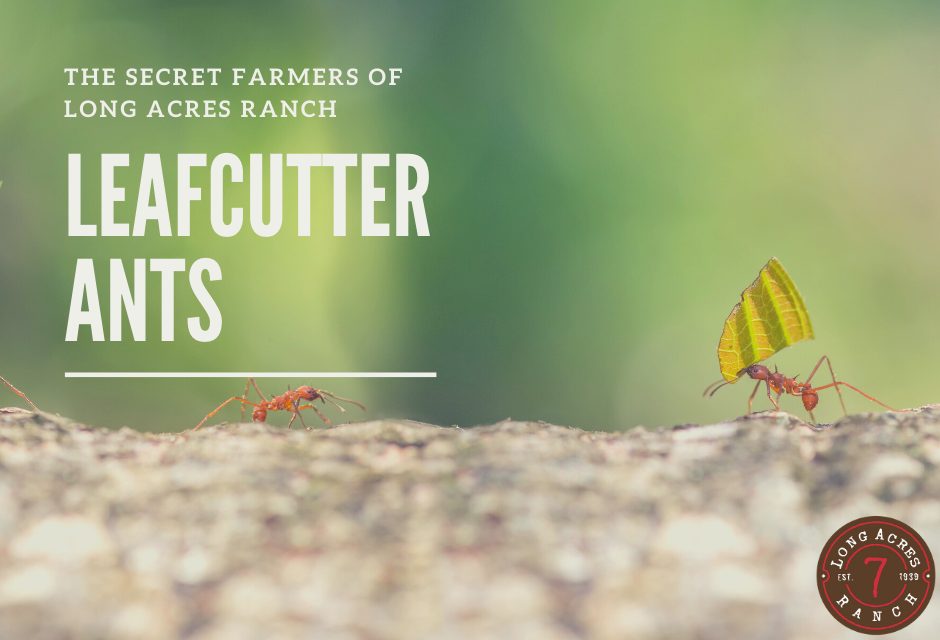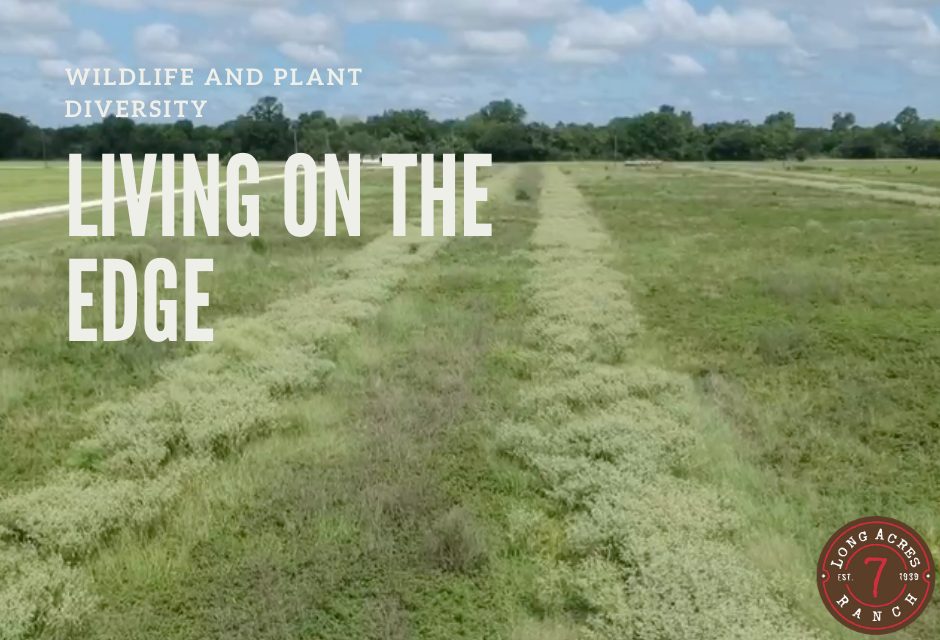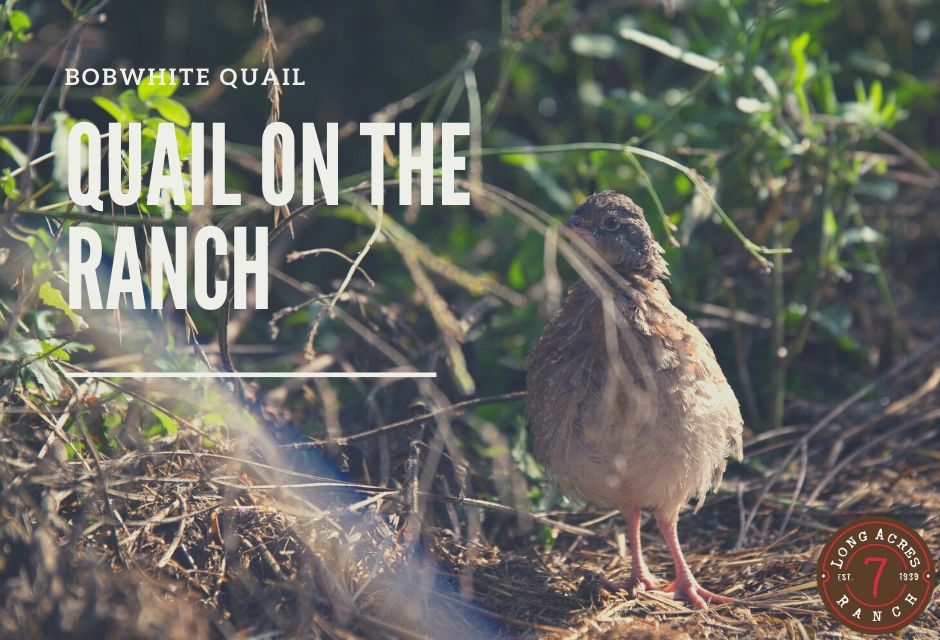This month we are rockin’ it as we explore Petrology, the study of rocks. Specifically, petrology is the branch of geology that studies the formation, composition, and classification of rocks. With so many different rocks that there’s no agreed upon number of how many there actually are, there is a plethora of information to unearth … Read More
Uncategorized
Pedology: The Dirt on Soil
This month, we are getting our hands dirty as we explore Pedology, the study of soil. Soil, not to be confused with plain Jane “dirt”, is a complex and important component of the natural world. Let’s dig up the dirt on soil to find out what it’s all about. Soil is composed of five main … Read More
Hydrology: In the Know About H2O
Ah, water. Earth’s life blood. Although not alive itself, water is necessary to life for all living things. It composes 71% of the Earth’s surface and up to 60% of an adult human body. We drink it, cook with it, use it to clean our clothes, homes, and bodies, and even swim and play in … Read More
Myrmecology: EnchANTed by Nature
Is there a group of animals that can conjure up the creepy crawlies and visions of ruined picnics like the ant? For most, only one experience with an overlooked ant pile can quickly create a negative impression for a lifetime. However, if we do like an ant and dig a little deeper, we can discover … Read More
The Secret Farmers of Long Acres Ranch – The Leafcutter Ant
Look closely! If you walk through the beautiful woods and thickets at Long Acres Ranch, and don’t slow down and observe the small workings of the world around you, you run the risk of missing out on some truly amazing ecological interactions. One such interaction is between the Leafcutter ant (Atta spp.) and the available … Read More
The Science Behind the Colors
Signs of fall – cooler temperatures, pumpkin patches, shorter days, colorful leaves – well, we in Texas can experience most of these signs of fall and know that for a short while, we may be able to actually enjoy being outside. One of those signs – colorful leaves – is not so prevalent in our … Read More
Wildlife Diversity- Living on the Edge
Living on the Edge “Using Strip Shredding or Mowing to Promote Wildlife Habitat and Diversity” Life for many during these challenging times, have brought along a new appreciation for being outdoors and enjoying what nature has to offer. Folks are leaving their homes and seeking out parks and green spaces and experiencing the health benefits … Read More
Who Goes There? Finding and Studying Animal Tracks
An animal track is the imprint left behind by an animal in the soil, mud, snow or any other surface that it walks across. Animal tracks can give us a great deal of information about the ecosystem in which we find them. They are used by hunters in order to track prey or by ranchers … Read More
Nature and Our Brains
Image by mohamed Hassan from Pixabay In recent years, people have begun spending more and more time indoors and online. Maybe it’s the heat, maybe it’s fear, maybe it’s lack of adventure – whatever the reason, scientists are beginning to find evidence that getting out in nature can have a positive, lasting effect on our brains and behavior.
Quail on the Ranch
If you do a quick Google search, you will find a number of articles on the Bobwhite quail decline. These quail have been studied more heavily the last several decades, trying to pinpoint the reason for the decline. The most widely discussed and accepted theories include invasive fire ants, high predator drive from animals such … Read More

